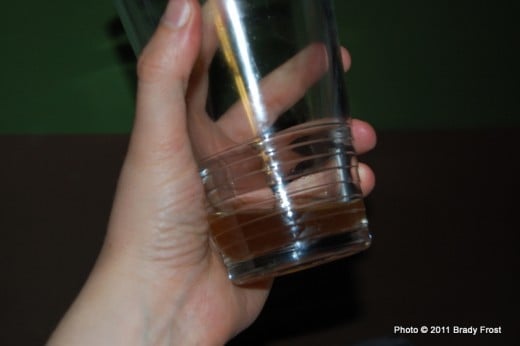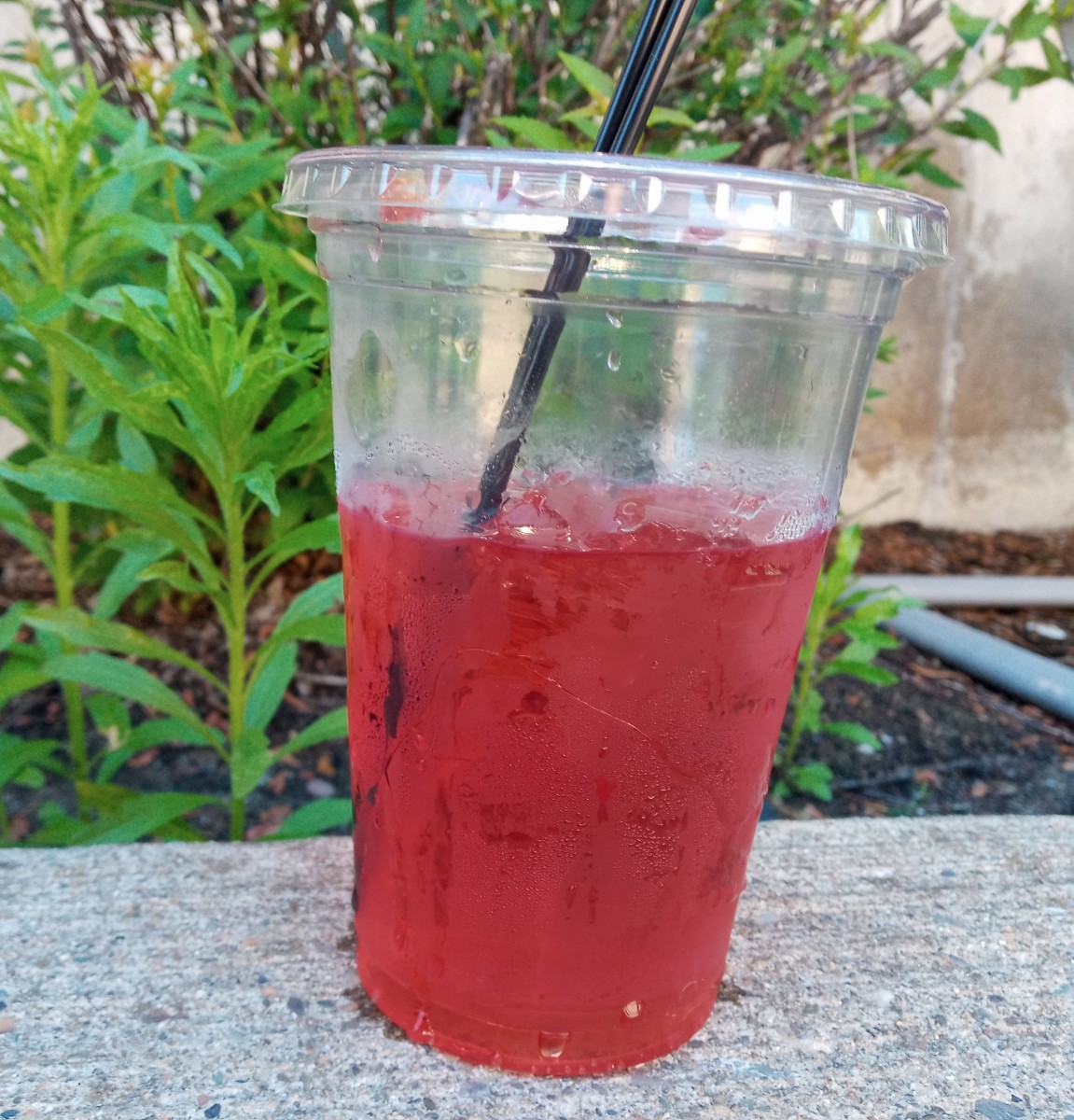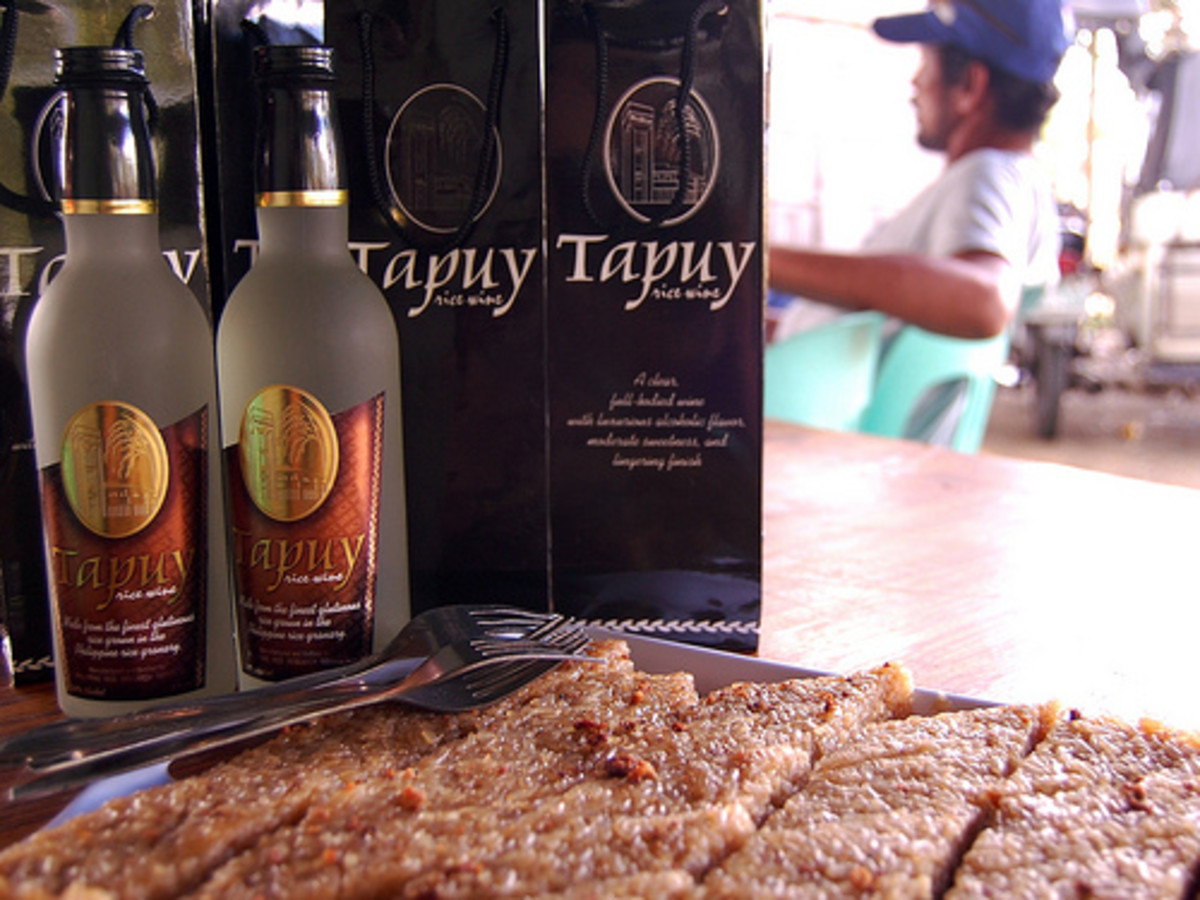Homebrew Recipes: Frosty's Better Root Beer Soda
It's time to take back your beverages! It's time to homebrew!
Did you know that in the past, many cultures brewed their own beverages -- drinks that we might call soda or pop today? It's true. The primary purpose for these tonics was not to quench thirst, but to deliver the powerful healing benefits of herbs and roots. Making the concoction taste good, well that just made sense.
Today we consume beverages loaded with artificial sweeteners and high fructose corn syrup. They have ingredients like caramel coloring, brominated vegetable oil, Yellow 5, preservatives, and who knows what else may have fallen into the vat before it ended up in your bottle or can. We pay far more for these beverages than they cost to make out of simple convenience.
Too many things in our lives have become so convenient that we don't really stop to think about what we're eating and drinking, where it comes from, or what companies are doing to try to make it cheaper while charging us more.
Good to the last drop!

Homemade soda is simple to make!
Starting your homebrewing adventure can be as simple as ordering a soda kit online and reusing some of those plastic bottles you've been buying out of vending machines. Did you already throw them away or toss them in the recycle bin? No problem. You can order reusable bottles online as well. Some kits even include the bottles you'll need.
If you are the type who likes to jump right in and get both feet wet, or if you already have experience brewing your own soda, give my recipe for Frosty's Better Root Beer a shot. Read on for more information.
Ingredients
- 4 gallons Water, tap, filtered, or distilled
- 2 oz. Wintergreen, (dried herb) (Amazon was my best source for this herb.)
- 1 tsp. Anise
- 1 cup Sarsaparilla root, chopped
- 1/2 cup Licorice root, chopped
- 10 Raisins, chopped
- 1 Date, chopped (Easily found at Costco and some local grocery stores in many areas.)
- 1 tbsp. Vanilla extract
- 3 tbsp. Molassess
- 8 cups Sugar
- 1 tsp Yeast, (I used Redstar Cuvee for this batch but bread yeast would work fine.)
Cook Time
Brewing Instructions:
Start off by heating your water in a large stainless steel pot. You're going to want to make sure you've got a lid that fits without any air gaps as well.
As you heat your water you can start adding in some of your ingredients. First, I would add the sugar, taking care to stir it in so it dissolves evenly and does not burn on the bottom of your pot. Once you've done that, add the rest of your ingredients with the exception of your yeast. We'll add that later since the heat of the brew at this point would kill them.
Bring your brew to a boil and then simmer for 20 minutes with the lid on.
Turn off the heat and keep the lid on the pot to prevent any foreign yeast or bacteria from contaminating your soda. You'll leave it to steep overnight. This will allow the brew to cool naturally and you'll be ready to reconstitute your yeast, mix it in, and then fill your sanitized bottles. To reconstitute your yeast, simply pour it into a half a cup of warm water and give it a stir. After about 5 minutes the yeast will be active and ready to join your soda. Give it a good stir to ensure even distribution throughout the brew.
The amounts specified in this recipe filled 16 16-ounce bottles and 21 12-ounce bottles for a total of 508 fluid ounces, give or take a few. That's a lot of good tasting root beer!
A note about bottling your soda:
You should always take special care with homemade soda bottles when yeast is used to create carbonation. Once you've bottled your soda in your sanitized bottles, you cap them with sanitized caps. Catching the theme here? Outside germs getting into your brew could create some very off flavors. But that isn't the only danger in the homebrewing process...
You'll want to leave your bottled soda out of direct sunlight in an area where it won't be disturbed. The carbonation process can take anywhere from 12 hours to 5 days to complete depending on type of yeast used and ambient temperature conditions. Bottles that have carbonated too long WILL explode. For this recipe using the Redstar Cuvee yeast and an average temperature of around 74 degrees Fahrenheit, it took 48 hours to reach optimal carbonation.
If you're unsure as to whether your soda has reached optimal carbonation, simply take one of the bottles and gently open the cap. If you are using plastic bottles with screw on caps, you can always tighten the lid back down if the soda is not quite ready.
Heavy fizz may occur when optimal carbonation is achieved. If you open a bottle at room temperature it may gush forth with bubbles of stickiness. It doesn't necessarily mean that you've over-carbonated, but I wouldn't allow the bottles to remain unrefrigerated any longer at that point. It's recommended to refrigerate your soda for 24 hours before drinking, this will allow any particulate matter to settle to the bottom of the bottle.
Always keep your finished homemade soda in the fridge or in a cooler with sufficient ice or cooling pads to keep the temperature low. Your yeast will continue to work inside the bottle, but at a much slower pace under cold conditions. Therefor, it's important to drink your entire batch within three to four weeks of bottling.
You will probably find that you drink your soda much faster than it seemed it would take during the bottling process when you're faced with the task of filling all those bottles. The real danger here is if you somehow forget a bottle in the back of your refrigerator, or if you make a batch and then go on vacation. If you just can't seem to drink it fast enough, you can always share the experience with friends and family members.
Possible health benefits
Wintergreen has been used to relieve indigestion and muscle pain. It is said that it is good for chronic inflammatory rheumatism, and useful for headaches, toothaches, and stimulates the stomach, heart, and respiratory systems.
Licorice root, according to naturalherbsguide.com, was used historically to treat the skin and coughs. It also aided in treating constipation, bronchitis, inflammation, and arthritis. Licorice may also be prescribed homeopathically for adrenocortical insufficiency, peptic ulcers, and chronic gastritis.
Sarsaparilla, according to herbalist.com, has long been used as a blood purifier and a tonic that boosts both energy and stamina. It is considered to be an excellent tonic used in the capacity of anti-inflammation and has antibacterial properties as well.
Of course, you should always consult a licensed medical expert or dietician before consuming herbal remedies, and should ask your physician if any particular herbal supplement may interact with any prescribed medication you're taking.
Find your main ingredients easily on Amazon
Not a member and want to start writing hubs of your own? Sign up for HubPages today and start earning by sharing your knowledge!




